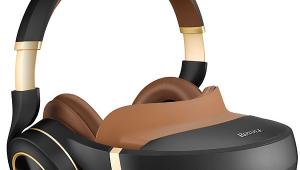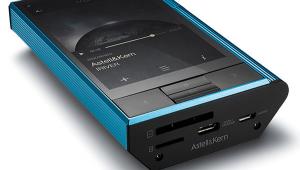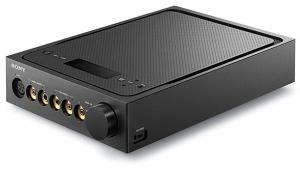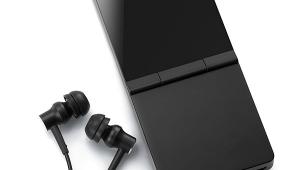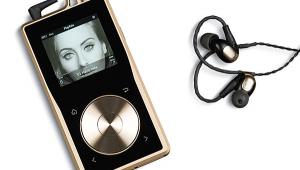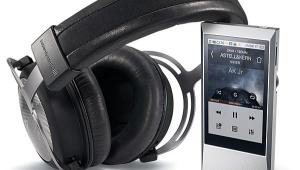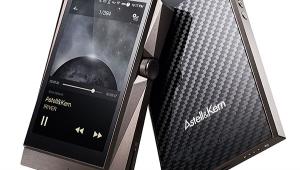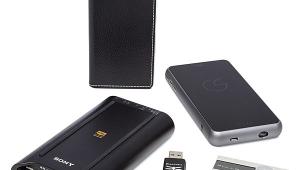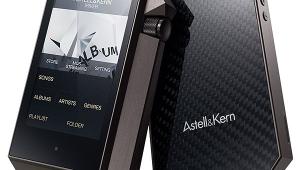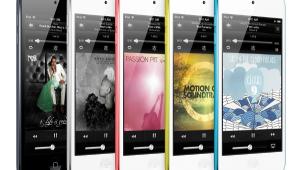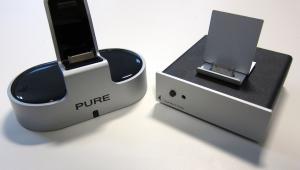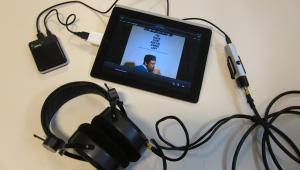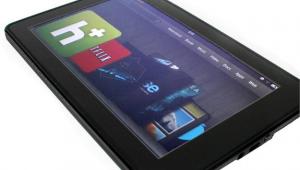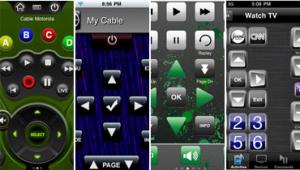New Nook Tablet Aims to Snuff Kindle's Fire

Look out, Amazon: Barnes & Noble went right at Jeff Bezos and co. today in a product unveiling meant to take the spotlight away from its Kindle Fire tablet this holiday season. The new Nook Tablet, an improved version of the current Nook Color (whose price drops to $199), competes directly with Amazon's color tablet. Both are set to debut next week.
Up until now, the word "tablet" was pretty much synonymous with "iPad," at least in most consumers' minds. Although industry figures show Apple's "magical" device holding about two-thirds of the tablet market, actual usage numbers show the iPad accounting for a whopping 97 percent of all Internet traffic on tablets.
That unprecedented market dominance is due for a serious shakeup this holiday when both the Nook Tablet and Kindle Fire come to tablet town. Both are priced to sell, sell, sell: Whereas the iPad starts at $499, the Nook Tablet is just $249. However, the Kindle Fire is a mere $199. Which one is more attractive? Barnes & Noble made a strong case for its device, ticking off feature after feature that it believes put it on stronger footing than Amazon's tablet.
First up is the memory. The Nook Tablet has 1GB of RAM and 16GB for storage. On top of that, users can add up to 32 more gigabytes via an SD slot. By comparison, the Kindle Fire has 512MB of RAM and 8GB storage, and no way to add more. (Both tablets have 1GHz dual-core processors.)
Then there's the display. The Nook Tablet has a screen that Barnes & Noble says is superior to regular LCDs like the Kindle Fire's. Called VividView, the 7-inch IPS screen has no air gaps, which is said to improve clarity, reduce glare, and result in a very wide viewing angle with little drop in brightness. On the other side, the Kindle Fire's screen is exactly the same as the BlackBerry PlayBook's, though reviews have generally said it's very good.
The difference that matters most to consumers, however, is between the ecosystems. Where Amazon takes the approach of offering its own services for music and video on the Kindle Fire, Barnes & Noble essentially outsources much of the "multimedia" experience of the Nook Tablet. Dedicated apps for Netflix and Hulu Plus are front and center on the Nook, and Pandora is there for music. You can also sideload as much of your own content as you like. On the Kindle Fire, Amazon filters users through its own MP3 store and Instant Video service.
"Kindle Fire is a vending machine for Amazon services," Barnes & Noble CEO William Lynch said at today's unveiling. "They're trying to lock customers into their ecosystem. It's a difference in strategy. In one word, we're more open."
In a brief hands-on this morning, I got a chance to try out the Nook Tablet. The touchscreen responds very naturally, and most functions will be second nature to anyone who's used a smartphone or tablet before, although I found the organization of content to be a bit more chaotic than, say, the iPad's neat app arrays and virtual wooden shelves.
One novel feature on the Nook Tablet is Read and Record, meant for children's books. If you know you won't be home to read, say, Goodnight Moon to your toddler at bedtime, you can record yourself reading it so your child can play it back later. It's a bit depressing to think about, but will probably get a lot of use.
Web browsing was quick, with intuitive functions like pinch-to-zoom. The New York Times' site loaded on the Nook Tablet within seconds, though it's unclear if the Kindle Fire, with its Amazon Silk accelerated browsing, would be even faster. Of course, the Nook Tablet being an Android 2.3 "Gingerbread" device, Flash is supported. Battery life is 9 hours for video, 11.5 for reading; the Fire's battery stats are 7.5 and 8 hours, respectively.
Does Barnes & Noble's bid for the No. 2 spot in the tablet market beat Amazon's? On the specs, yes. If you care about Netflix and Hulu, yes. On price, no. In the end it probably comes down to which store you shop at the most. And whether or not you can afford an iPad.
- Log in or register to post comments
